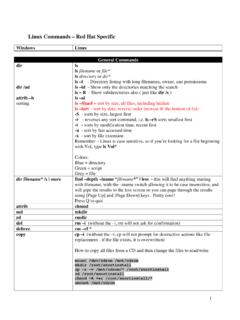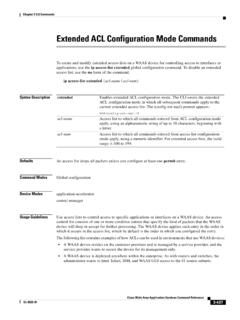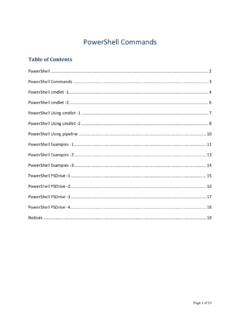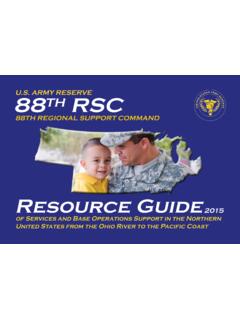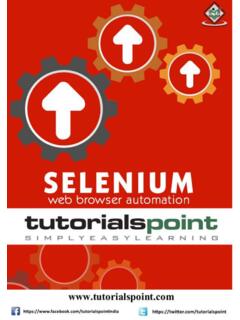Transcription of Common Commands in ANSYS APDL Selecting Stuff – these ...
1 Common Commands in ANSYS APDL Selecting Stuff these Commands can be used in any processing section o * command *,(S or A) for any selection command below, the first keyoption will always be S or A. S = select a new set (default) A = Additionally select a set and extend the current set. o ALLSEL Selects all entities with a single command (always do this after performing an action on a set of selected entities) o NSEL Selects a subset of nodes . Example: if Selecting all nodes at a location such as in the XZ plane NSEL,S,LOC,Y,0 *check help topics for options node at kp o ASEL -- Selects a subset of areas.
2 Example: if you have 1 area selected and then plotted areas and their numbers and want to select an additional area by its number ASEL,A,AREA,# o LSEL Same as ASEL, but for lines. o KSEL Same as ASEL, but for keypoints. o ESLL Selects those elements associated with the selected lines. o ESLN Selects those elements attached to the selected nodes. o NSLE Selects those nodes attached to the selected elements. Plot settings o /PNUM,(label),(on/off) Controls entity numbering/coloring on plots. label NODE, ELEM, KP, LINE, AREA on/off 1 = on, 0 = off o To turn the background from black to white in order to capture images and print them without wasting ink, copy th e following lines into the beginning of every script file as the line below /CLEAR -> /RGB,INDEX,100,100,100, 0 /RGB,INDEX, 80, 80, 80,13 /RGB,INDEX, 60, 60, 60,14 /RGB,INDEX, 0, 0, 0,15 o /ESHAPE,1 Change plot settings to display element shapes using section data.
3 O /VIEW,1,1,1,1 Change view settings to isometric. o /REPLOT Replot the current plot screen. Use this command after changing any plot settings to see an updated plot with current settings. To plot items: o EPLOT Displays the selected elements (if ALLSEL the line before, this command will display all the elements in the system. o KPLOT Displays the selected keypoints. o LPLOT Displays the selected lines. o APLOT Displays the selected areas. General Commands : o ! Comments out script after it on the same line after a command . Type a space before it. o FI NISH Exits normally from a processor.)
4 Always put as 1st line in the script file. o /CLEAR Clears the database. Always put as the 2nd line in the script file. /PREP7 Enters the model creation preprocessor. o Physical properties of system: ET Defines a local element type from the element library. SECTYPE pick from predefined list for cross section, rectangular beam. SECDATA specify relevant data, dimension of beam cross-section. MP,(label) Defines a linear material property as a constant or a function of temperature. Label EX or PRXY. o Modeling (Geometric/Physical Model): K,#1,#2,#3,#4 Defines a keypoint.
5 #1=NumericalLabelForKeypoint, #2=X-Coordinate, #3=Y-Coordinate, #4=Z-Coordinate L,#1,#2 Create line between keypoints. #1 = 1st Keypoint #2 = 2nd Keypoint A Defines an area by connecting keypoints o A,(kp#1),(kp#2),..(up to 18) list kp in counter-clockwise order because orientation of area plane follows right-hand rule AL Generates an area bounded by previously defined lines. Typically used by Selecting all lines via LSEL then create area by: AL,ALL CIRCLE Generates circular arc lines BLC4 Generates a rectangular area or block volume by corner points LFILLT Generates a fillet line between two intersecting lines Template: LFILLT,(line#1),(line#2),(FilletRadius) o Meshing (Finite Element Model): N Defines a node.
6 Template: N,,(x-coordinate),(y-coordinate),(z-coor dinate) E,(node#1),(node#2) Defines an element by node connectivity. TYPE,# Sets the current element type to mesh with. # indicates the ET as previously defined. REAL,1 Sets the current element real type to 1 (this is the default so you don t typically need to include this command in the code before meshing). MAT,# Sets the current material properties according to the material # as previously defined. SECN,# -- Sets the current section type and section data as previously defined. For example, use this if modeling a wooden truss with different types of beams, even though they are all the same element.
7 ESIZE (Element Size) Specifies the default number of line divisions. LMESH (Line Mesh) Generates nodes and line elements along lines AMESH (Area Mesh) Generates nodes and area elements within areas SMRTSIZE,# Specifies meshing parameters for automatic (smart) element sizing. #: 1-10 1=fine, 10=coarse Refining mesh using smart meshing: LREFINE,#1,#2 Refines the mesh around specific lines. Typically, select lines first by using LSEL. Then, #1=all, #2=1-10 level of smart mesh to refine to. AREFINE,#,# Same as LREFINE, but for areas. KREFINE,#,# Same as LREFINE, but for keypoints.
8 O Boundary conditions and loads: DK Defines degree-of -freedom constraints at keypoints. Template: DK,(kp# or ALL if selected set already using KSEL),( UX, UY, UZ, ROTX, ROTY, ROTZ),(value which is usually zero because this helps is define boundary conditions). See help topics for all available degree-of -freedom constraint options FK Defines force loads at keypoints. Template: FK,(kp# or ALL if selected set already using KSEL),( FX, FY, FZ, MX, MY, MZ),(value of force). See help topics for all available loading options D Defines degree-of -freedom constraints at nodes. F Same as FK, but for nodes.
9 SF Specifies surface loads on nodes ( , used for distributed loads). /SOLU o SOLVE Starts a solution. If solution ran successfully, there will be a little pop-up window that says Solution is done! /POST1 o Plot results PLESOL Displays solution results as discontinuous element contours. Help topics for results options PLNSOL Displays solution results as continuous element contours. Help Topics for results options o Print Results as text PRNSOL Prints nodal solution results. See help topics for all available results PRESOL Prints the solution results for elements. See help topics for all available results o Create paths and display path data: PATH Defines a path name and establishes parameters for the path.
10 Template: PATH,(name for path max. 8 characters),(# of points to define path, default is 2) ,30,(# of divisions between adjacent points, default 20) PPATH Defines path. Template: PPATH,(point # 1 or 2),(node # but leave blank if using xyz loc),(x-coordinate),(y-coordinate),(z-co ordinate) PDEF Interpolates a path item onto a path. Example of saving data values of VonMises stress along a path to a certain name that can be referenced later: PDEF,VONSTRSS,S,EQV,AVG PLPATH Displays path items on a graph. Template: PLPATH,S,(predefined path data name from PDEF) PRPATH Prints path items along a geometry path.
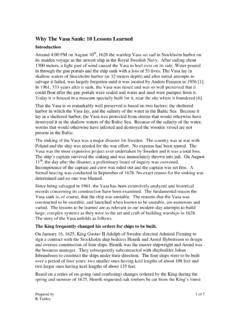
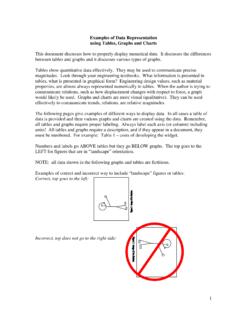
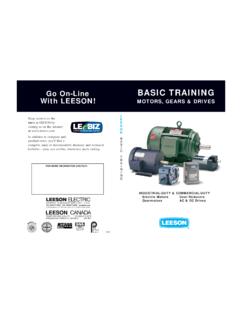
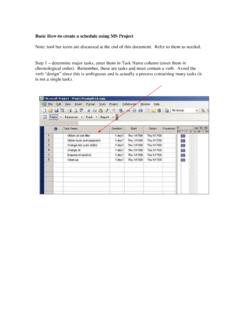
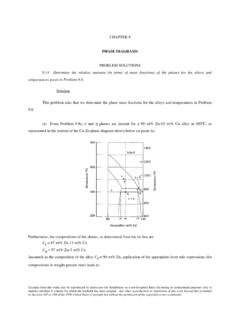
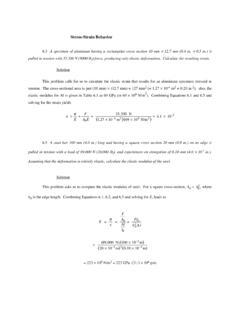
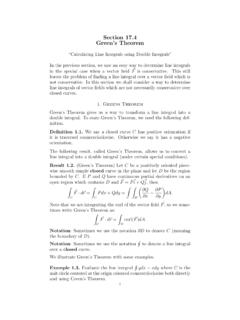
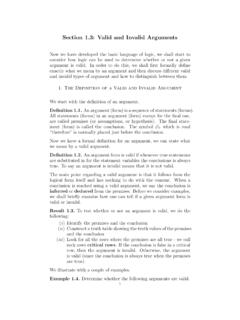
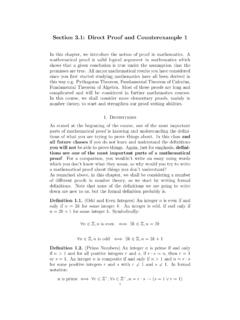

![Unix Commands [pdf] - Carnegie Mellon University](/cache/preview/1/9/d/8/8/7/a/6/thumb-19d887a6549337a2512a4a299b61c163.jpg)

